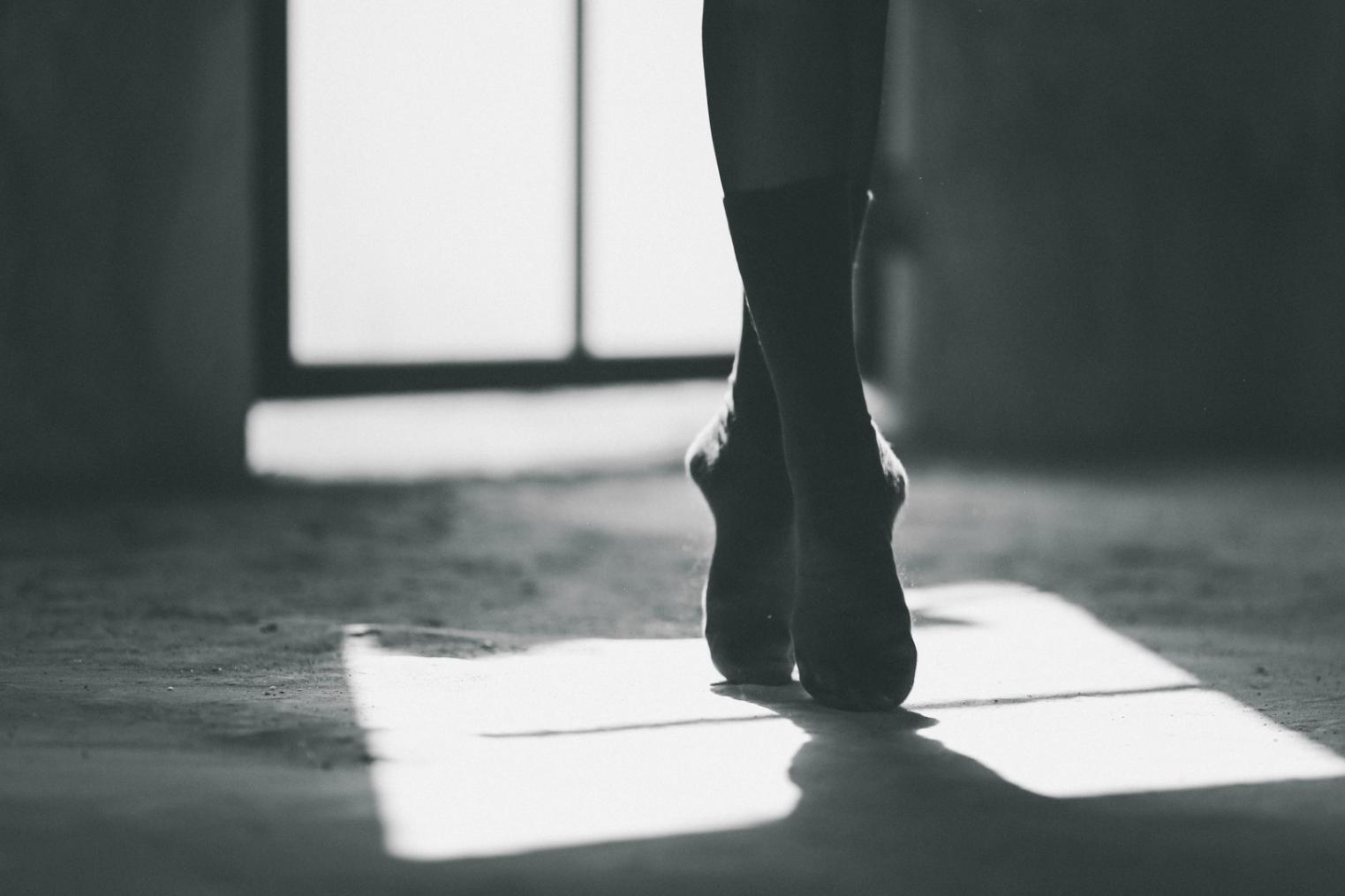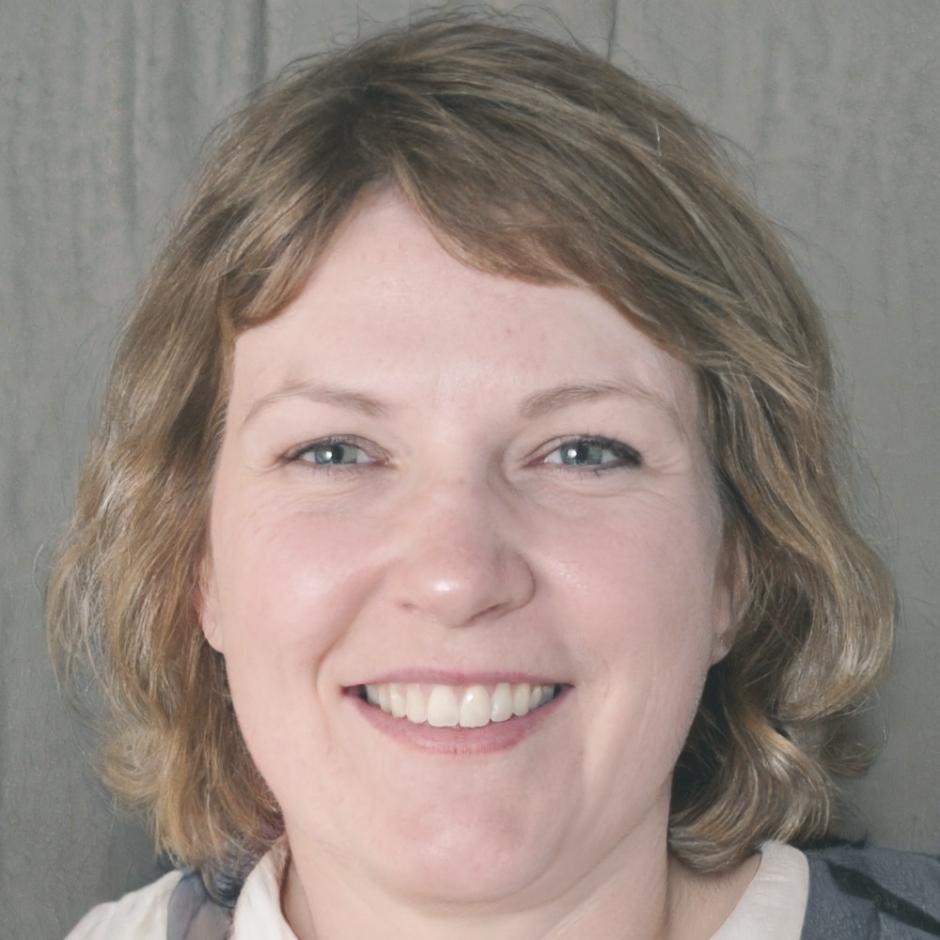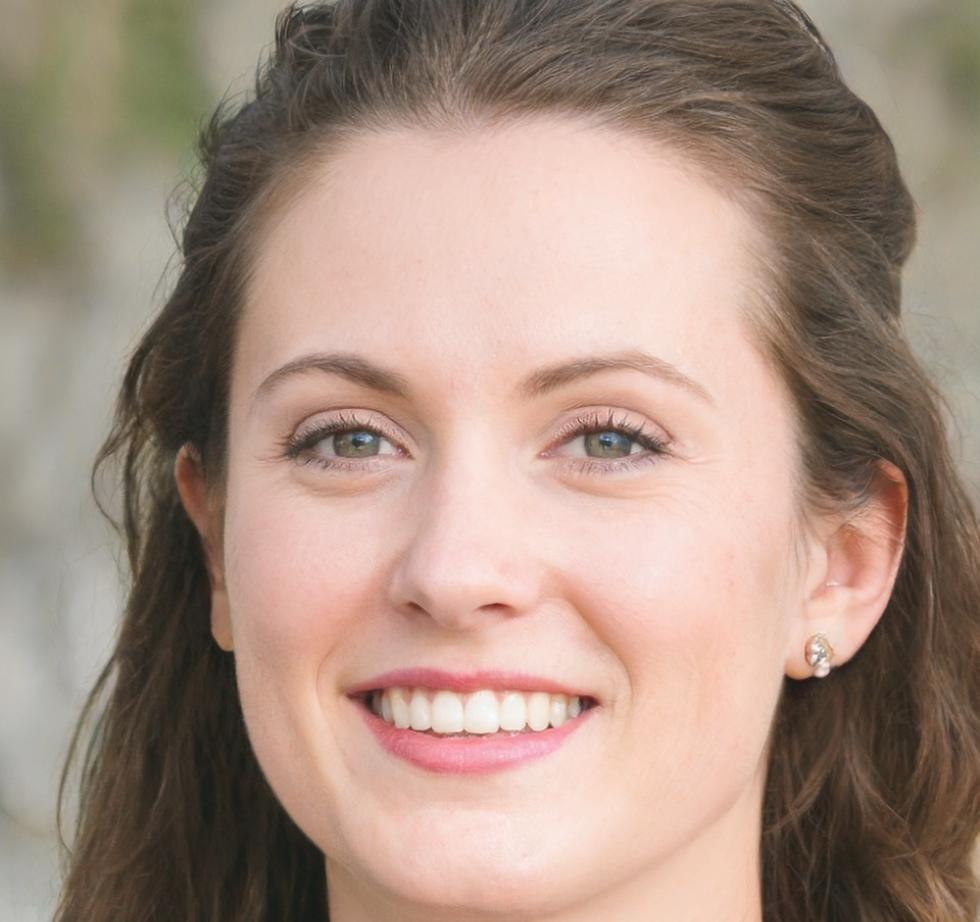Partner Dancing Education That Actually Makes Sense
Most people think you need natural rhythm or years of awkward practice to become a confident dancer. We've spent the past decade proving that's not true.
Our approach breaks down partner dancing into learnable skills—connection, musicality, and movement vocabulary. It's less about memorizing patterns and more about understanding how dancing actually works.
We've built this program around something simple: people learn better when they understand the why behind each movement. Whether you're starting from zero or trying to fix years of confusing instruction, we focus on clarity over complexity.

How We Think About Teaching Dance
Skill-Based Framework
We don't teach sequences. We teach the underlying mechanics—weight transfer, frame integrity, spatial awareness. Once you grasp these, patterns become intuitive rather than memorized.
Adaptive Pacing
Everyone processes movement differently. Some people need time with fundamentals, others want faster progression. We adjust based on how you're actually learning, not arbitrary timelines.
Musical Connection
Dancing to the beat is basic. We work on phrasing, dynamics, and musical interpretation—the stuff that makes dancing feel expressive rather than mechanical.
| Learning Component | Traditional Approach | Our Method |
|---|---|---|
| Foundation Skills | Basic step patterns only | Body mechanics and connection principles |
| Progress Measurement | Number of patterns learned | Quality of movement and adaptability |
| Partner Work | Fixed roles and sequences | Communication skills and improvisation |
| Musicality Training | Counting beats | Musical structure and expression |
| Practice Structure | Repetition of routines | Problem-solving and experimentation |
Who Actually Teaches This Stuff

Sienna Torvaldsen
Movement Specialist
Sienna came from a contemporary dance background and spent years figuring out how to translate modern movement principles into partner dancing. She's particularly good at helping people who overthink their way through learning—which is most of us.

Margaux Desrochers
Connection Dynamics
Margaux developed our approach to lead-follow dynamics after noticing how many dancers struggle with unclear communication. She focuses on making connection feel natural rather than forced, which changes everything about how comfortable dancing becomes.
What Actually Happens in the Program
We run cohorts starting in September 2025 and February 2026. Each program runs for six months because meaningful movement skills take time to develop. Here's how it breaks down.
Foundation Mechanics
First six weeks focus on the boring but essential stuff—posture, balance, weight distribution. It's not glamorous, but people who skip this always struggle later. We work on being comfortable in your own movement before adding a partner.
Weeks 1-6 • Twice weekly sessions
Partner Connection
This is where it gets interesting. We introduce lead-follow mechanics through exercises that build awareness of how bodies communicate through touch and tension. Expect this phase to be challenging—connection is subtle and takes practice.
Weeks 7-14 • Twice weekly plus practice sessions
Musical Interpretation
Now that you can move and connect, we layer in musicality. You'll learn to hear phrase structure, identify musical accents, and match your dancing to what you're hearing. This is when dancing stops feeling like exercise.
Weeks 15-20 • Includes music analysis workshops
Improvisation Skills
Final phase removes the training wheels. We work on spontaneous movement, adapting to different partners, and handling the unpredictability of social dancing. You'll practice in environments that mimic real dance situations.
Weeks 21-26 • Includes social dance practice